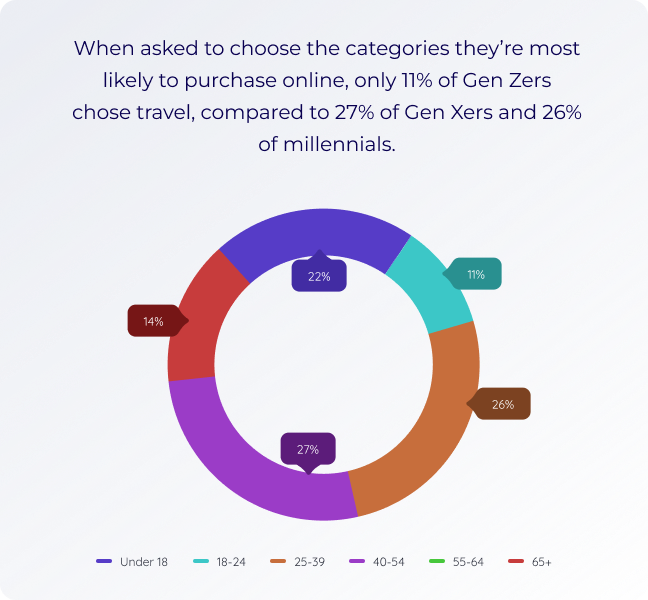-
Home
-
Chapters
- Intro Travel & Airline Industry Guide to Ecommerce
- Chapter 1: Travel & Airline Industry Overview
- Chapter 2: The Rise of Ecommerce in Travel & Airline
- Chapter 3: Who Is Shopping for Travel & Airline Online?
- Chapter 4: Emerging Travel & Airline Ecommerce Trends
- Chapter 5: How Travel & Airline Brands Deliver Great Online Shopping Experiences
- Chapter 6: Fraud Risk in Travel & Airline Ecommerce
- Chapter 7: How the Wrong Fraud Approach Threatens Revenue and Reputation
- Chapter 8: Best Practices for Preventing Fraud While Preserving Customer Experience
- Chapter 9: How ClearSale Helps Travel & Airline Ecommerce Businesses Thrive
-
Contact


